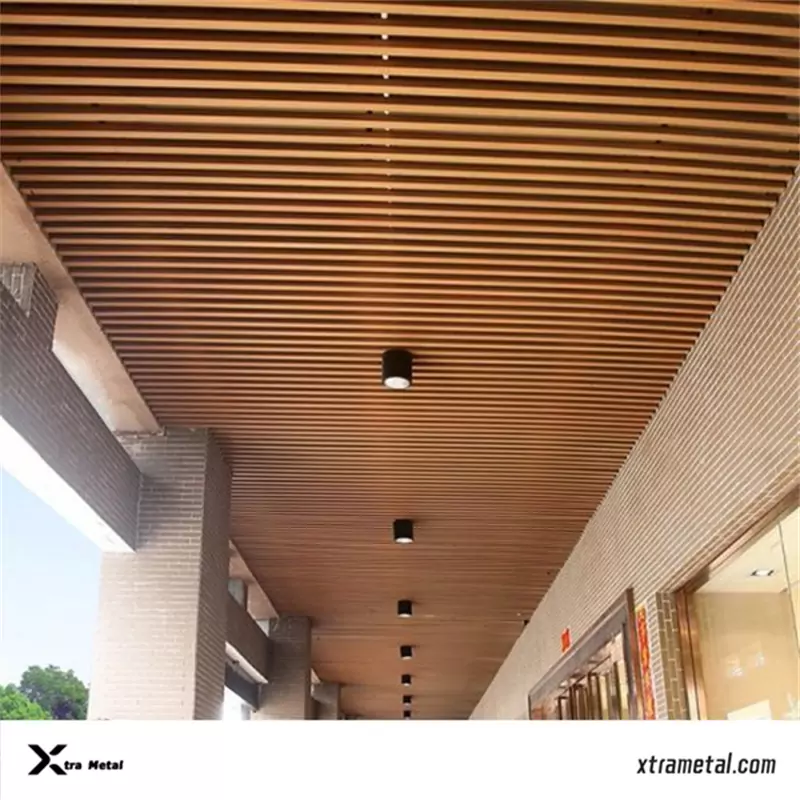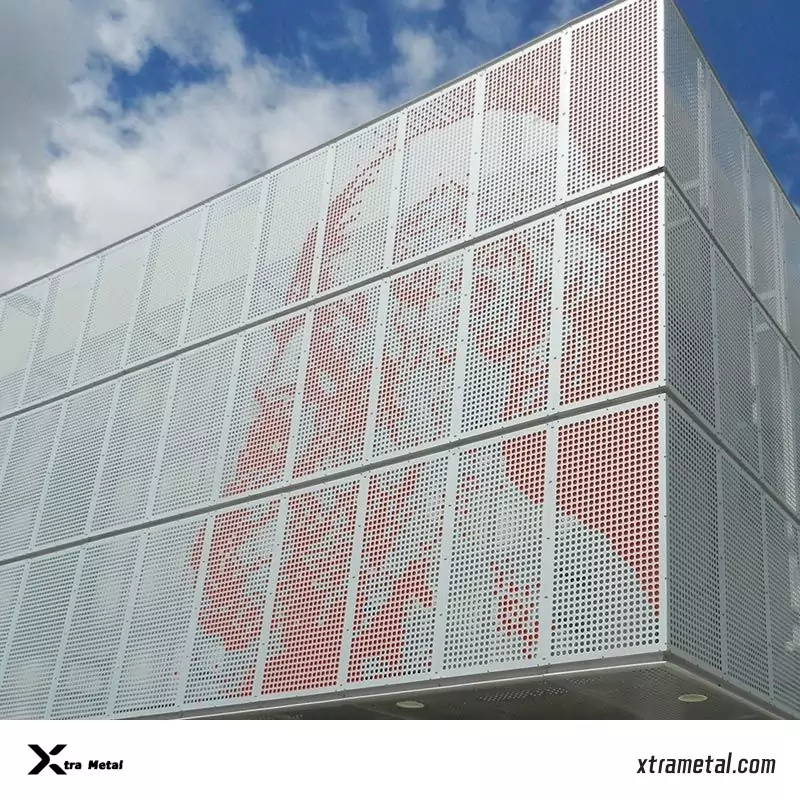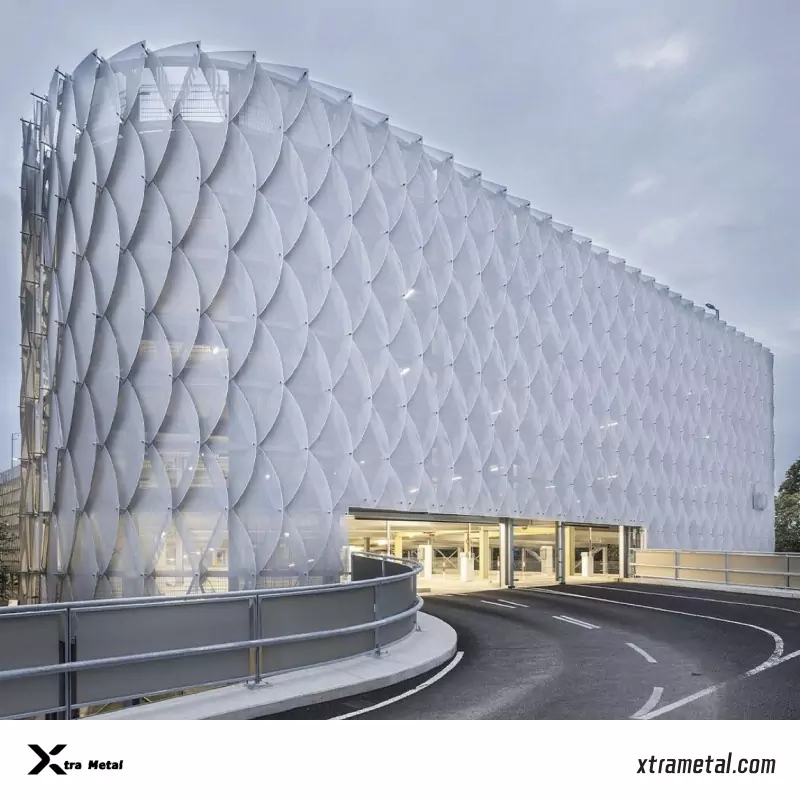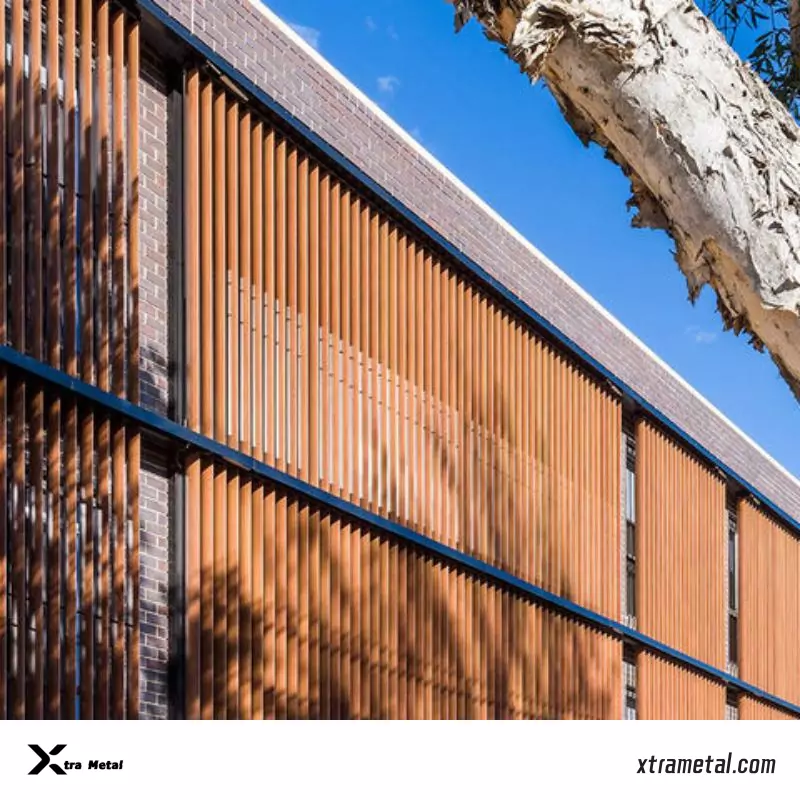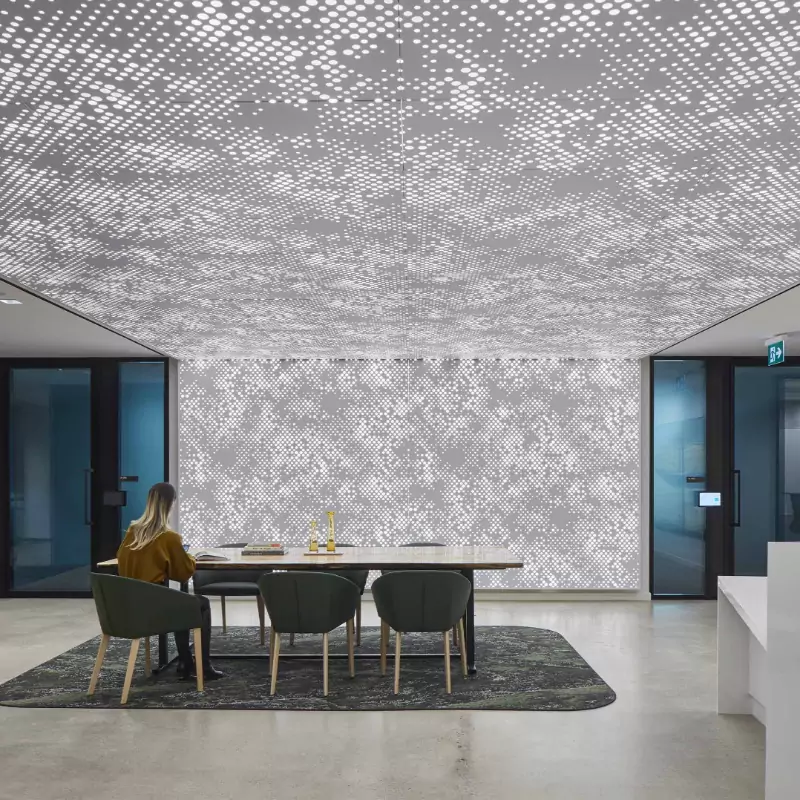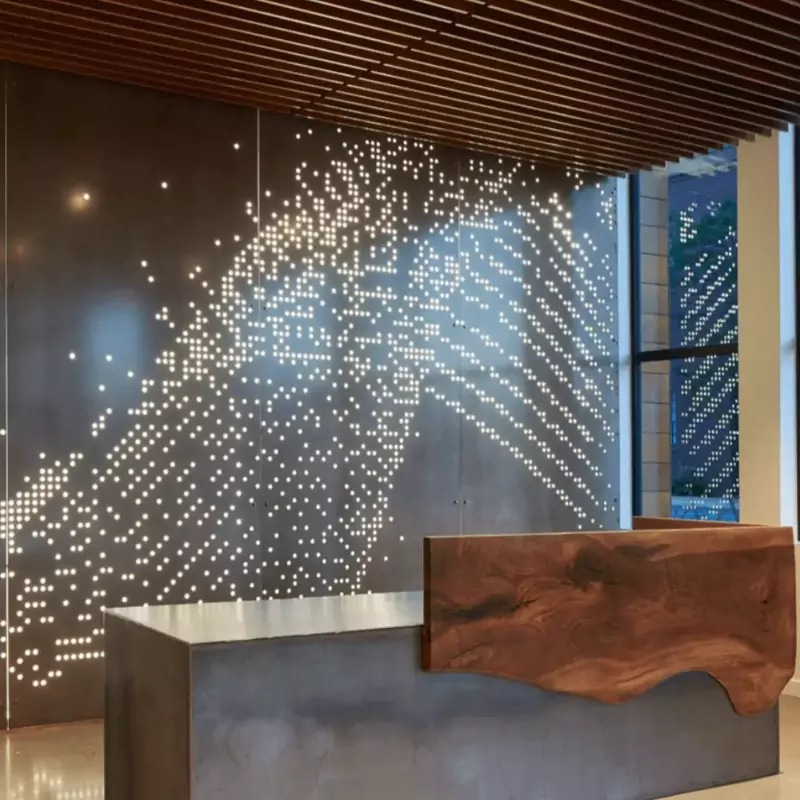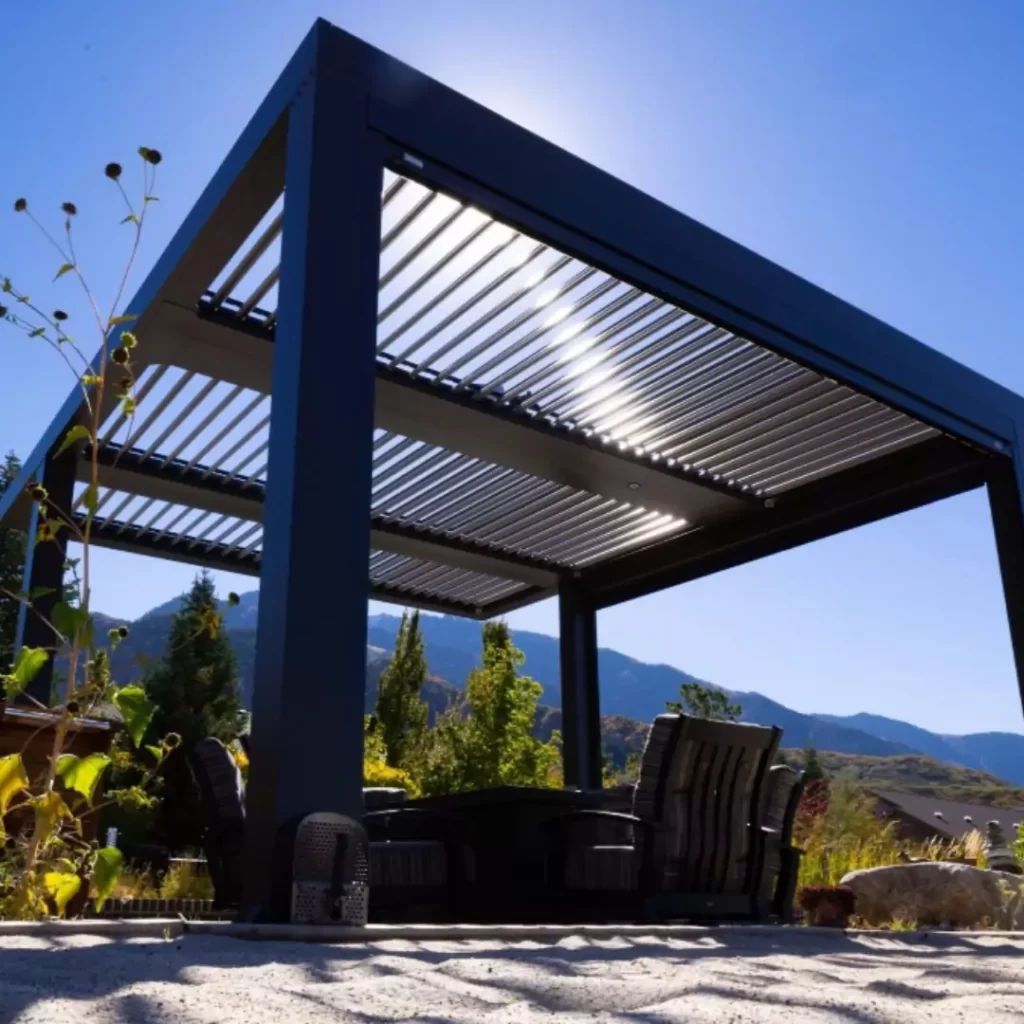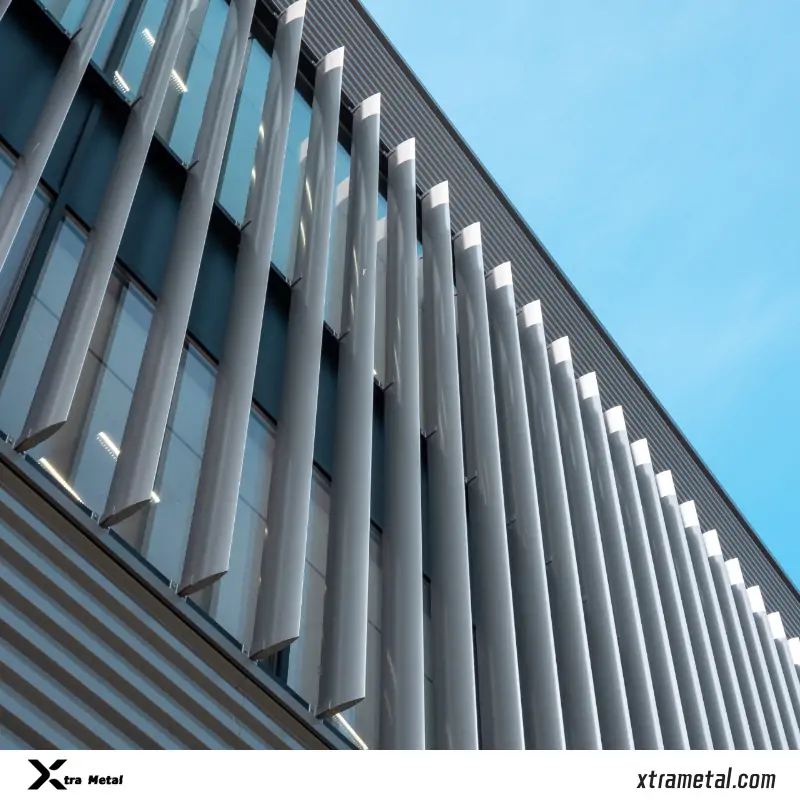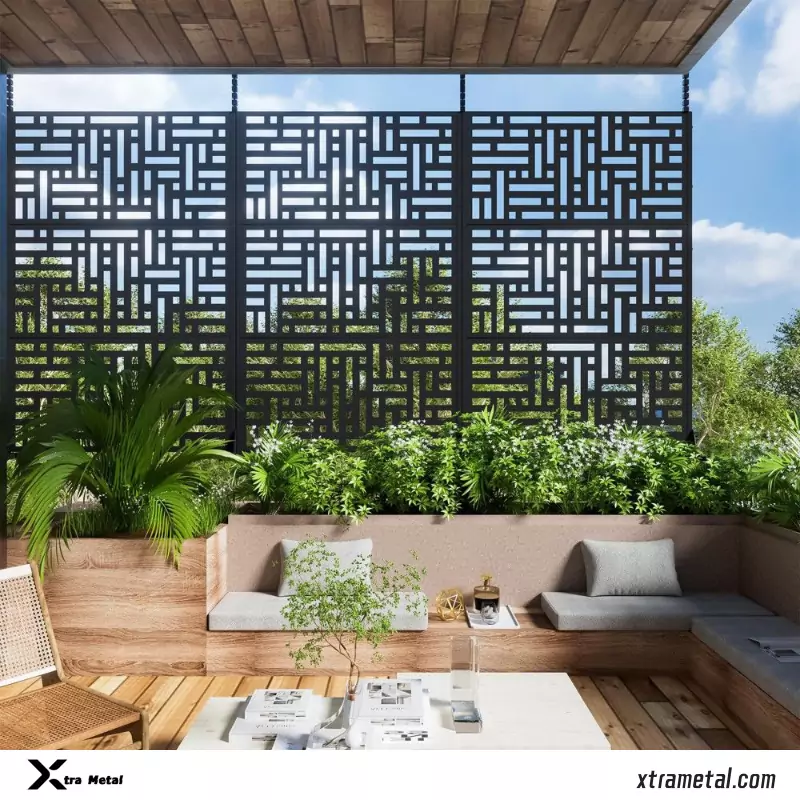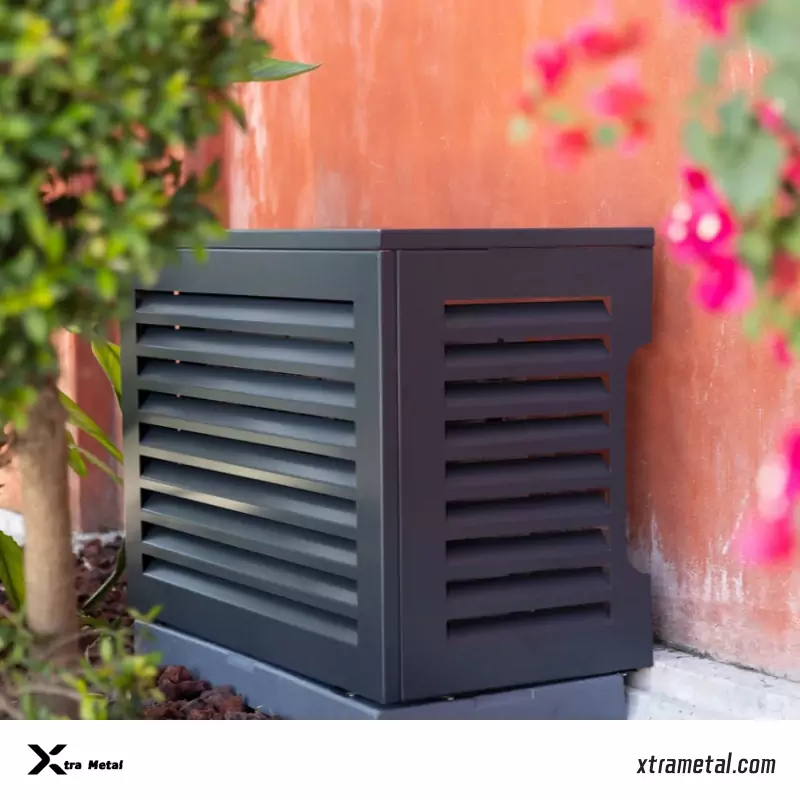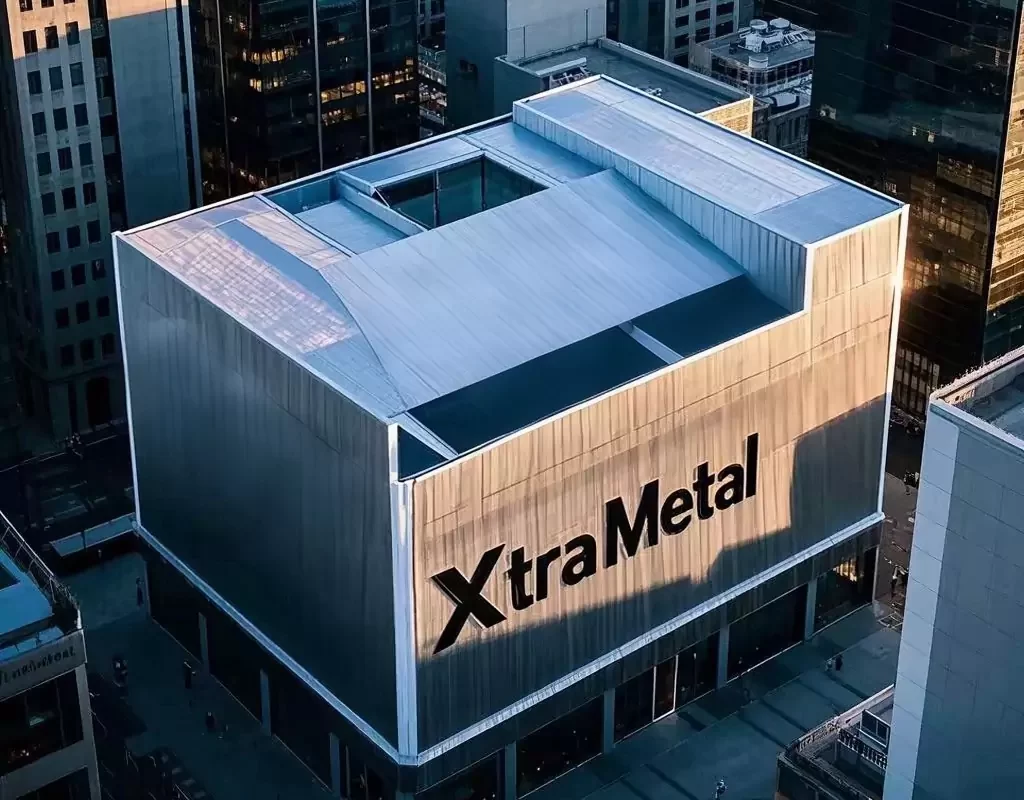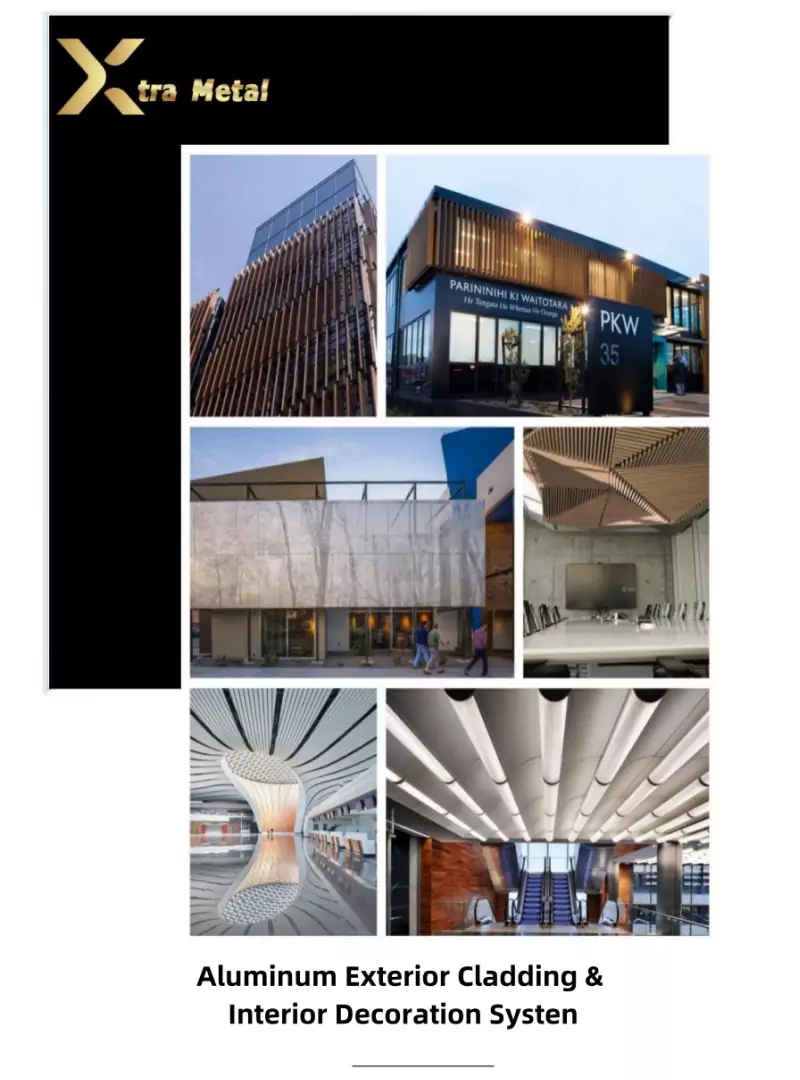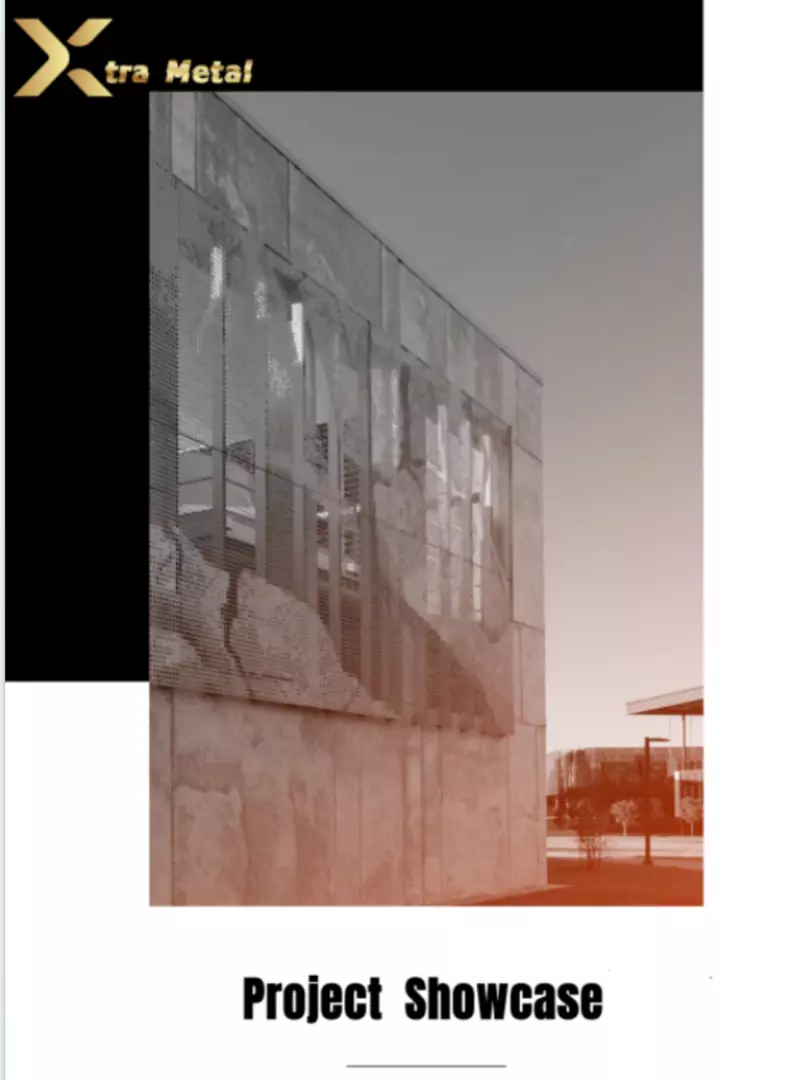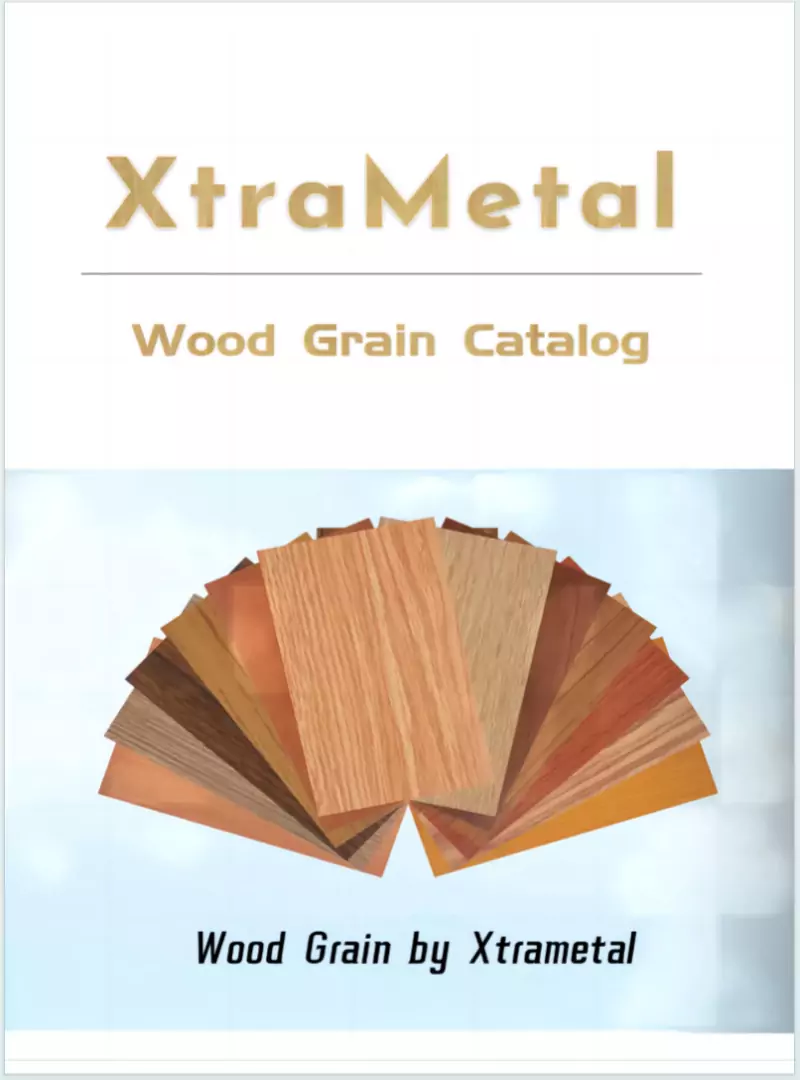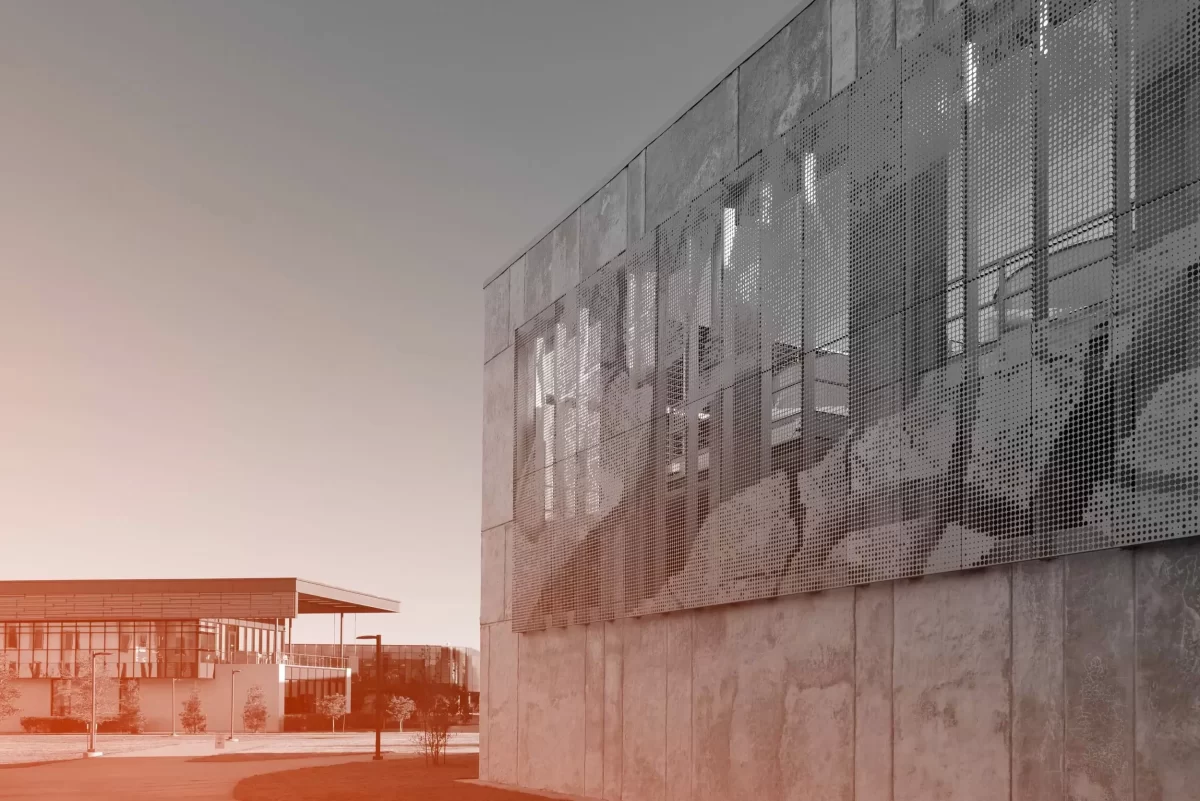Does aluminum rust in the sun?
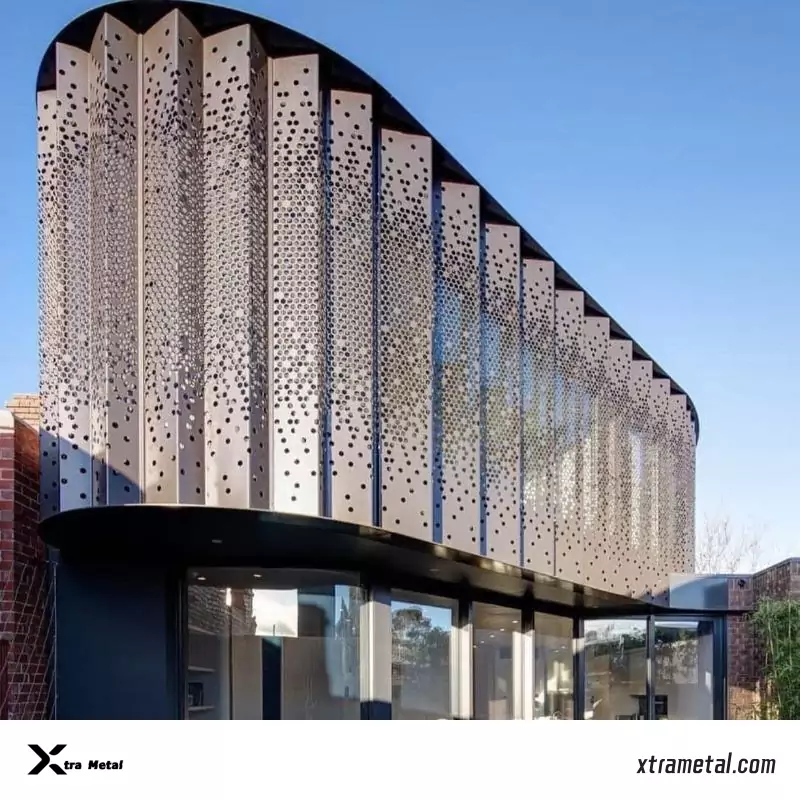
No, aluminum does not rust. Rust refers specifically to iron oxidation. Aluminum naturally forms a thin, protective oxide layer (aluminum oxide) when exposed to oxygen, which prevents further corrosion. This self-healing layer makes aluminum highly resistant to sunlight, humidity, and temperature fluctuations, ideal for outdoor applications. At Xtra Metal Group, we enhance this innate durability […]
What lasts longer aluminum or vinyl siding?

Aluminum siding typically outperforms vinyl in longevity, with a lifespan of 40-50 years versus vinyl’s 20-30 years. Aluminum resists impact, fire, and corrosion, especially when treated with advanced coatings (e.g., anodized or PVDF finishes). While vinyl requires less maintenance, it degrades faster under UV exposure and extreme temperatures. At Xtra Metal Group, our aluminum cladding […]
Is aluminum siding better than vinyl?
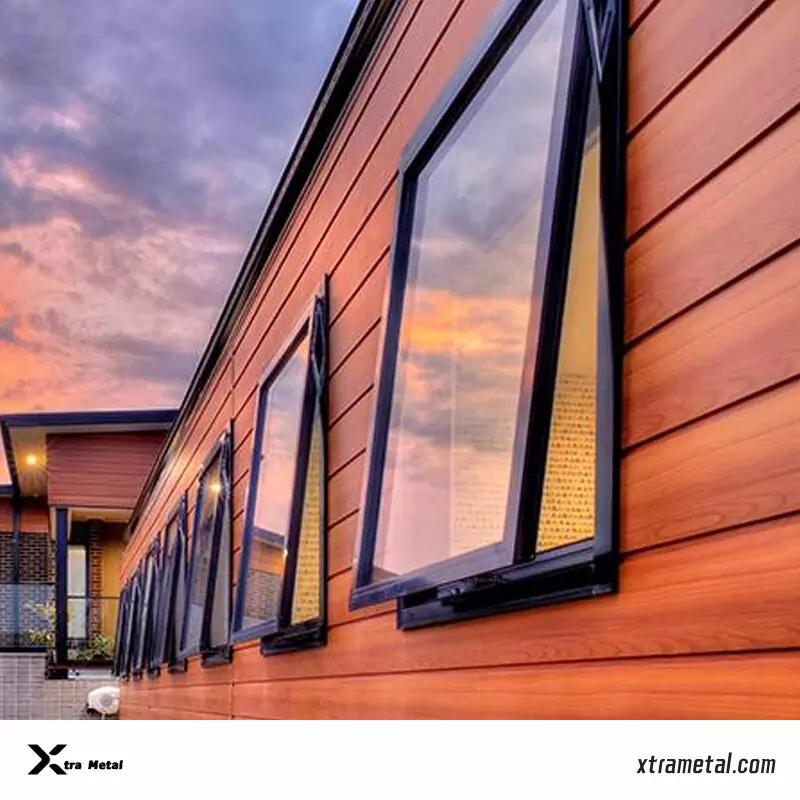
Aluminum siding outperforms vinyl in durability, fire resistance, and environmental sustainability. It withstands extreme weather, resists corrosion, and offers a 30-50-year lifespan with proper maintenance. Aluminum is fully recyclable, aligning with green building trends. Vinyl, while cost-effective and low-maintenance, degrades faster under UV exposure and lacks metal’s structural rigidity. At Xtra Metal Group, we engineer […]
What is the cheapest exterior cladding option?
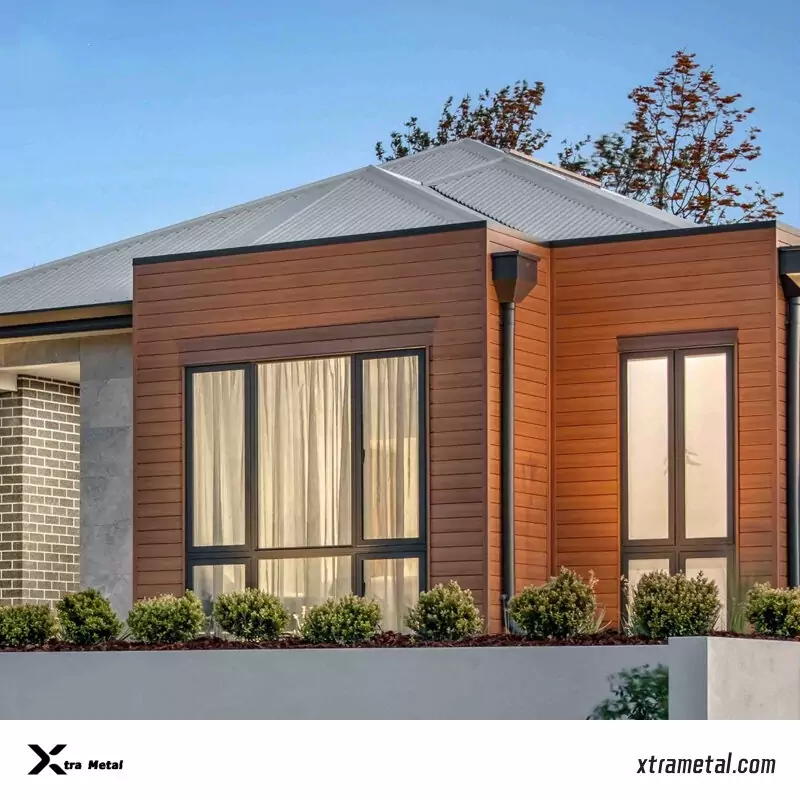
The most cost-effective exterior cladding options are typically vinyl or fiber cement, with initial material costs starting around $2–$5 per sq. ft. However, lifecycle costs matter: these materials may require frequent maintenance or replacement due to weathering or impact damage. At Xtra Metal Group, we offer competitively priced aluminum cladding (from $6–$12 per sq. ft) […]
Is cladding cheaper than brick?
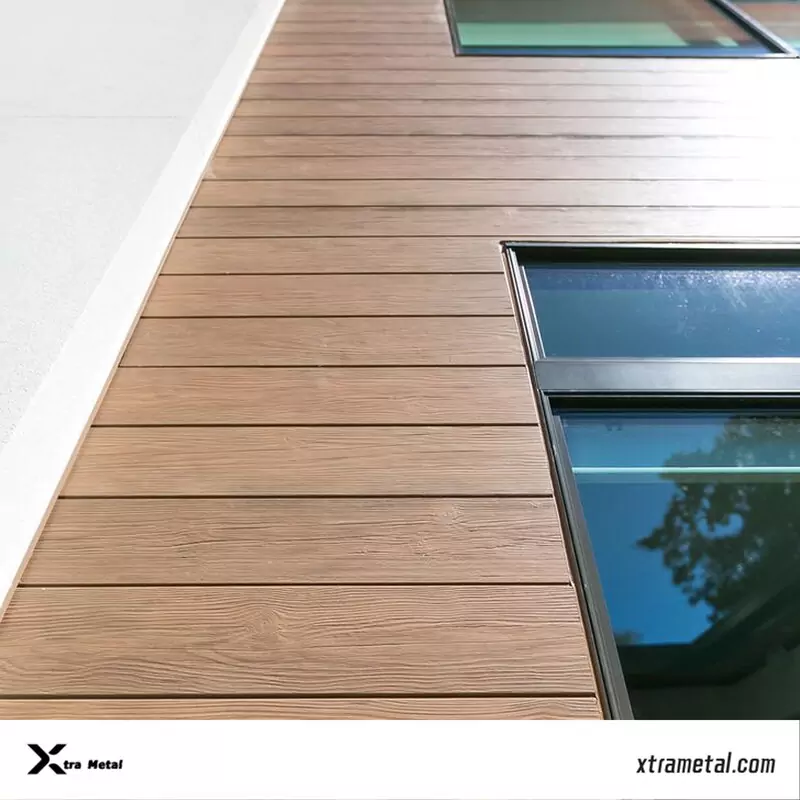
Cladding systems (like aluminum panels) generally offer lower initial costs compared to brick due to lighter material weight, reduced labor expenses, and faster installation. While brick has a moderate material cost, its labor-intensive masonry work and longer timelines often increase project budgets. However, long-term value depends on quality. Xtra Metal Group’s aluminum cladding solutions prioritize […]
Is aluminum siding cheaper?
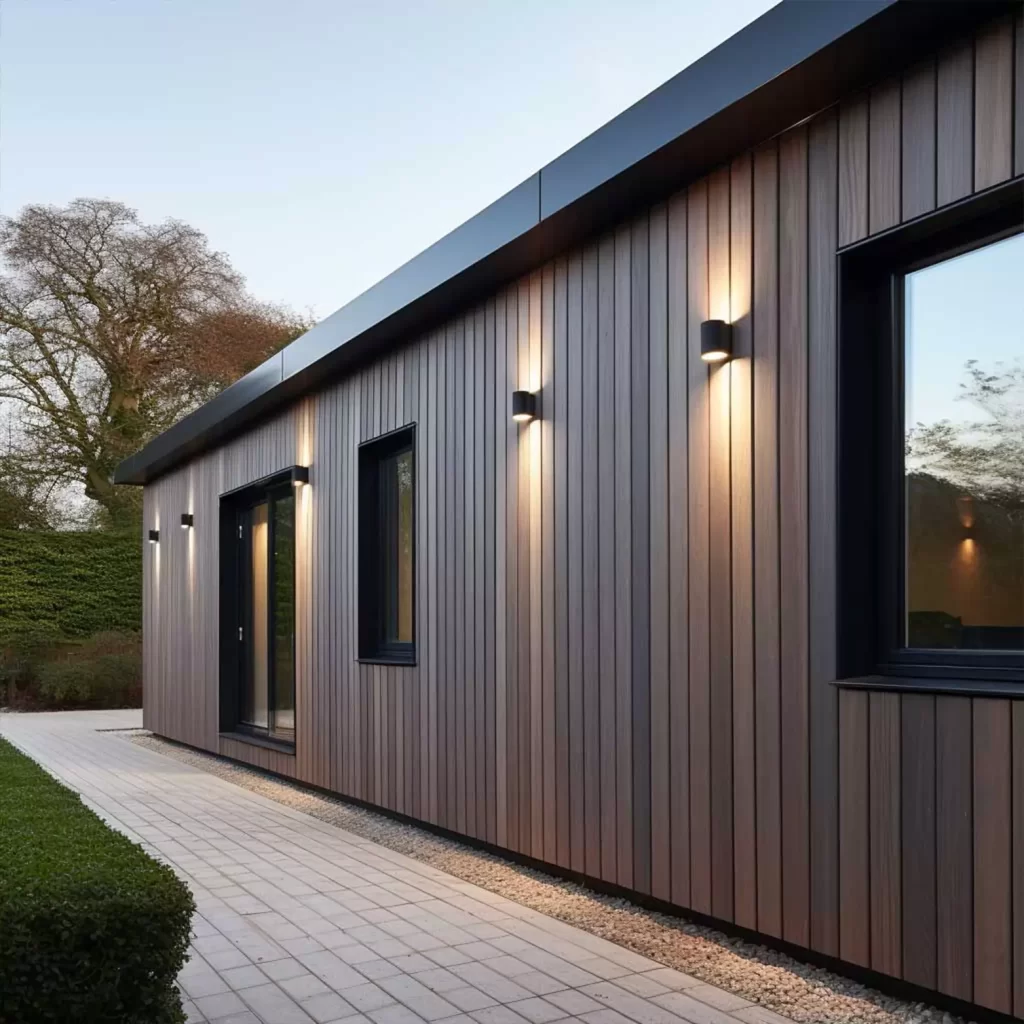
Aluminum siding typically has a higher initial cost than vinyl but offers superior long – term value due to durability, low maintenance, and fire/weather resistance. While material costs vary by design and thickness (e.g., 0.7mm–1.2mm gauges), aluminum’s lifespan (30–50+ years) and minimal upkeep often offset upfront expenses compared to wood or fiber cement. At Xtra […]
What is the number one cause of problems with aluminum siding?
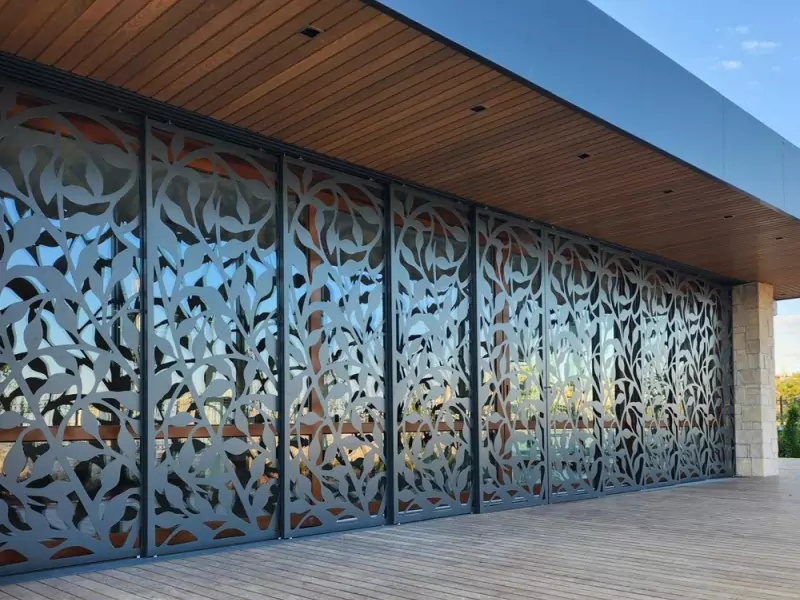
The primary cause of aluminum siding failure is improper installation, particularly inadequate handling of thermal expansion. Aluminum expands and contracts significantly with temperature fluctuations. If panels lack proper expansion joints, fasteners are over-tightened, or substructures are misaligned, stress accumulates, leading to warping, joint failure, or fastener pull-out. Poor drainage design exacerbates issues by trapping moisture, […]
How much does an aluminium cladding panel weigh?
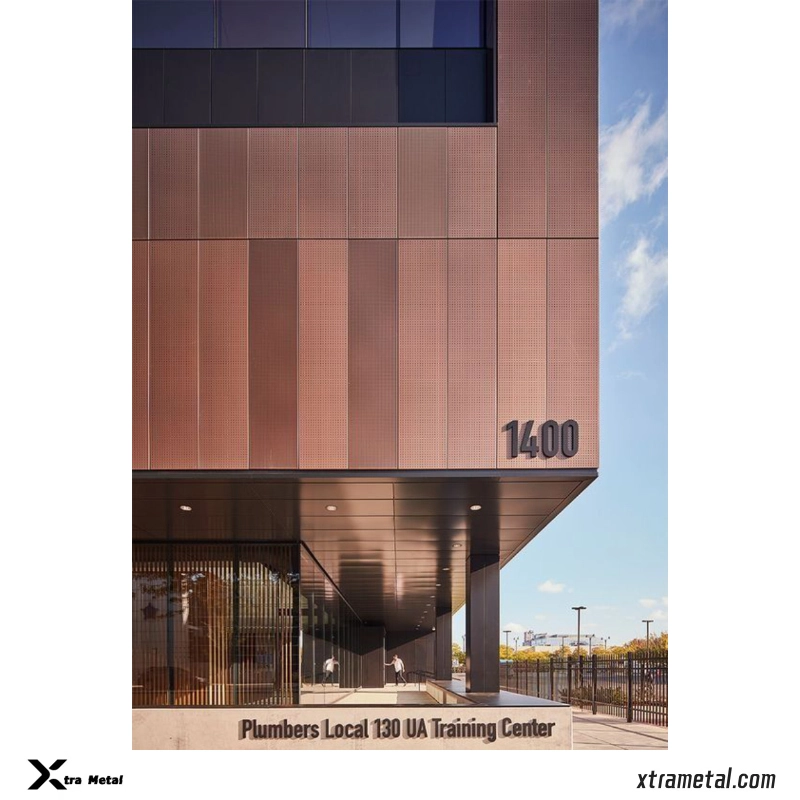
The weight of an aluminium cladding panel depends on its thickness and dimensions. A standard 3mm-thick panel weighs approximately 8.1 kg/m² (based on aluminium’s density of 2.7 g/cm³). Thicker gauges, such as 4mm or 6mm, proportionally increase to 10.8 kg/m² or 16.2 kg/m², respectively. At Xtra Metal Group, we tailor panels to project-specific requirements—adjusting thickness, […]
What Is The Difference Between Vertical And Horizontal Louvers?
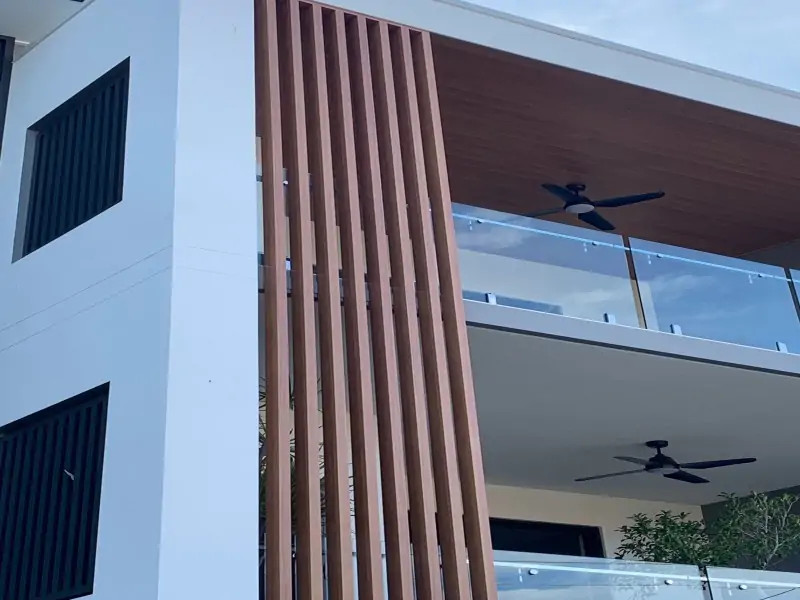
In this article, we will break down the fundamental differences between vertical and horizontal louvers, so you can pick the right one for your next project.
What is the standard size of aluminium cladding?
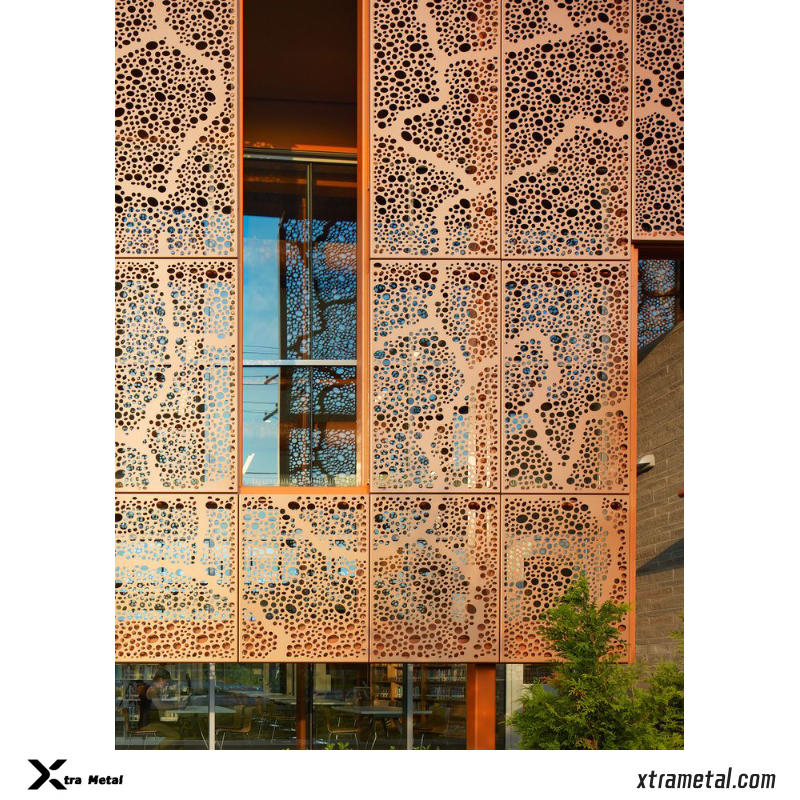
The standard size of aluminium cladding panels typically ranges from 3-6 meters in length, 100-300mm in width, and 2-4mm in thickness, depending on structural and aesthetic requirements. However, at Xtra Metal Group, we prioritize customization to align with project-specific needs, offering tailored dimensions for unique architectural designs or performance demands (e.g., wind load resistance, thermal […]

